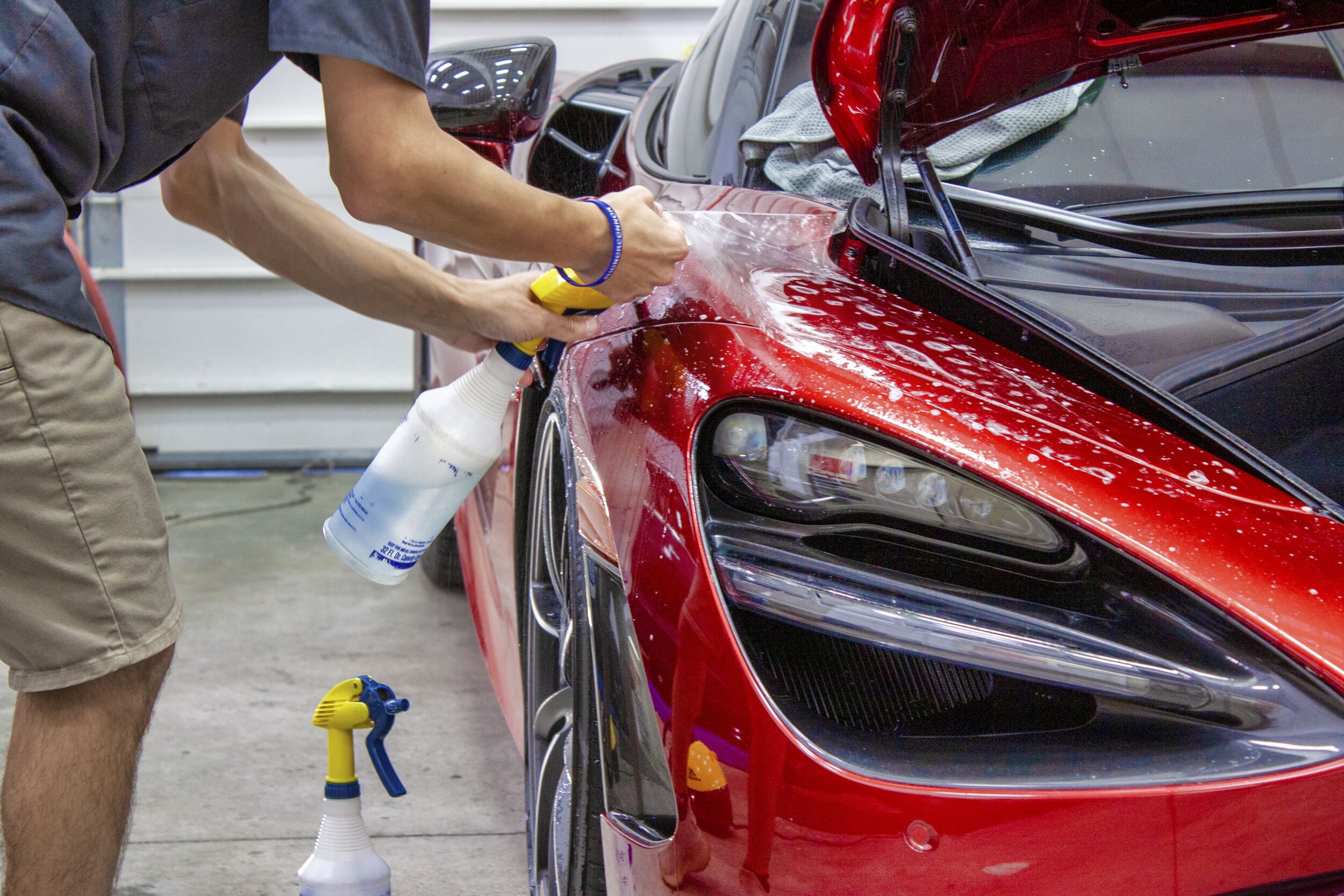Dispelling Myths Surrounding Automotive Paint Protection Film Thickness
We have been wanting to write this article for awhile as the misinformation we hear and read regarding paint protection film on a regular basis has gotten out of hand. We wanted to look into this in a way that clears up some misconceptions.
First, we want to share the foundation for our perspective on writing this article. For one, we have been installing paint protection films for over 20 years. We started back when small partial kits were the norm and now regularly do full vehicle wraps with PPF. Second, we have installed nearly every paint protection film offered over those 20 years. It is fair to say that if it is a paint protection film offered by a reputable company in the industry, we have installed it and have experience with the film.
Let’s jump in! The main thing we want to discuss is the misinformation being spread surrounding various film thickness and how it plays a role in the actual protection on the car. We are going to tackle this in three distinct areas; how a film’s thickness is measured, the “effective thickness” on the vehicle and does thickness matter as it relates to protection.
How is Paint Protection Film Thickness Measured? - Depending on the manufacturer, a paint protection film might be measured a variety of ways. Does the thickness include the adhesive layer or not? Was the thickness measurement taken with the release liner installed or not. What was used to measure the thickness? In how many places across a piece of material was the measurement taken?
As you can see, many things can impact what measurement is actually reported. We have seen some people use calipers or a micrometer to measure the overall thickness. These tools are used to measure thickness on a micro scale. The issue with this is that paint protection film is pliable and the pressure the caliper or micrometer is dialed in at can vary. This pressure can be varied enough to change the thickness readings and produce erroneous results. The only way you might be able to trust this is to take numerous readings across a piece of ppf and then average the readings. This may eliminate some of the variability inevitable with a manual measurement like this.
What is the Effective Thickness On the Vehicle? - For us, this is the much more compelling question. Regardless of what the thickness is out of the box, the thickness on the vehicle will be the variable that relates to how much protection a particular product will provide. We will refer to this installed thickness as the “Effective Thickness”.
Effective thickness can be impacted by several things like installation techniques and paint protection film conformability. Essentially, the more the film is stretched, the thinner it will be on the vehicle. So, if a particular installer utilizes the wrong method of stretching and manipulating the film to conform to the panel, the effective thickness in those areas will be less than the published measurement. Likewise, films that are more pliable and conform to curvature more will likely retain more effective thickness as they would not have been stretched as much.
Ultimately, it is a combination of the installation techniques utilized and the conformability of the film that will impact effective thickness. On a side note, the quality of pre-cut patterns can also have an impact. If the pattern is off and needs to be stretched and manipulated to fit properly, that can impact effective thickness of that install.
Does Thickness Matter For Protection? - In short, yes. Our experience has shown that thickness of the film does have a correlation to protection. The thicker the film, the more protection provided. That being said, we are referring to effective thickness of the film installed. Ultimately, you want to maximize the “effective thickness” to have the highest protection. You achieve this by utilizing installation techniques that minimize stretch, utilize films that are more conformable to eliminate the need for as much stretch and choosing patterns that fit better to negate the need for as much stretch for proper fit.
We hope that this article helped some of you understand this topic as it relates to paint protection films and some of the misinformation being spread. Think about effective thickness and what combination of installation technique, film and pattern help you maximize this measurement. That is what is going to translate into a better protected vehicle for your client.



